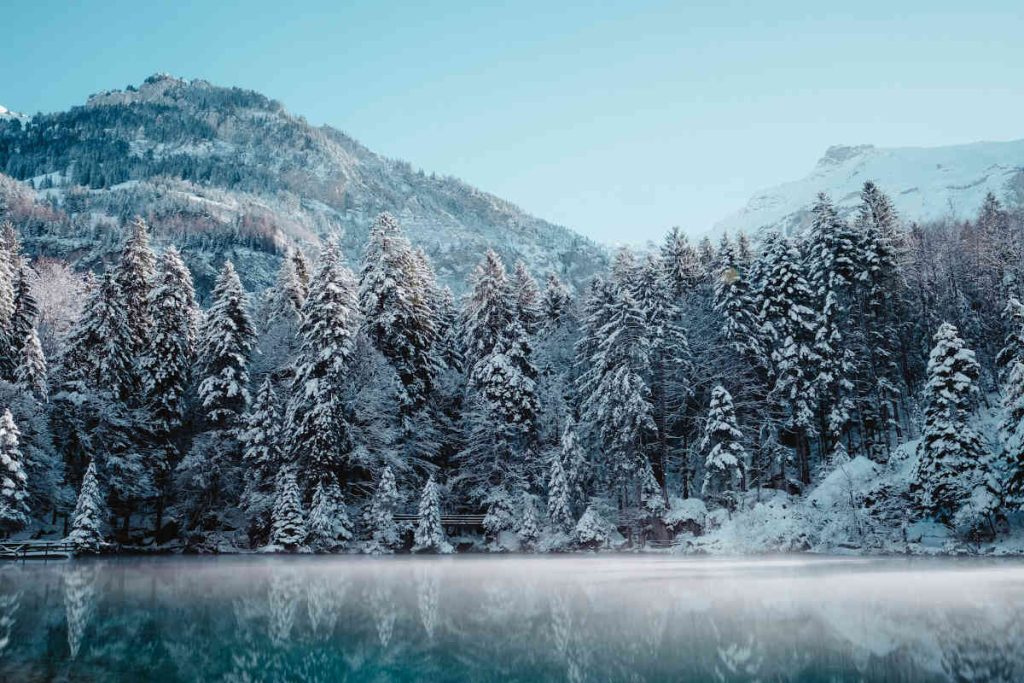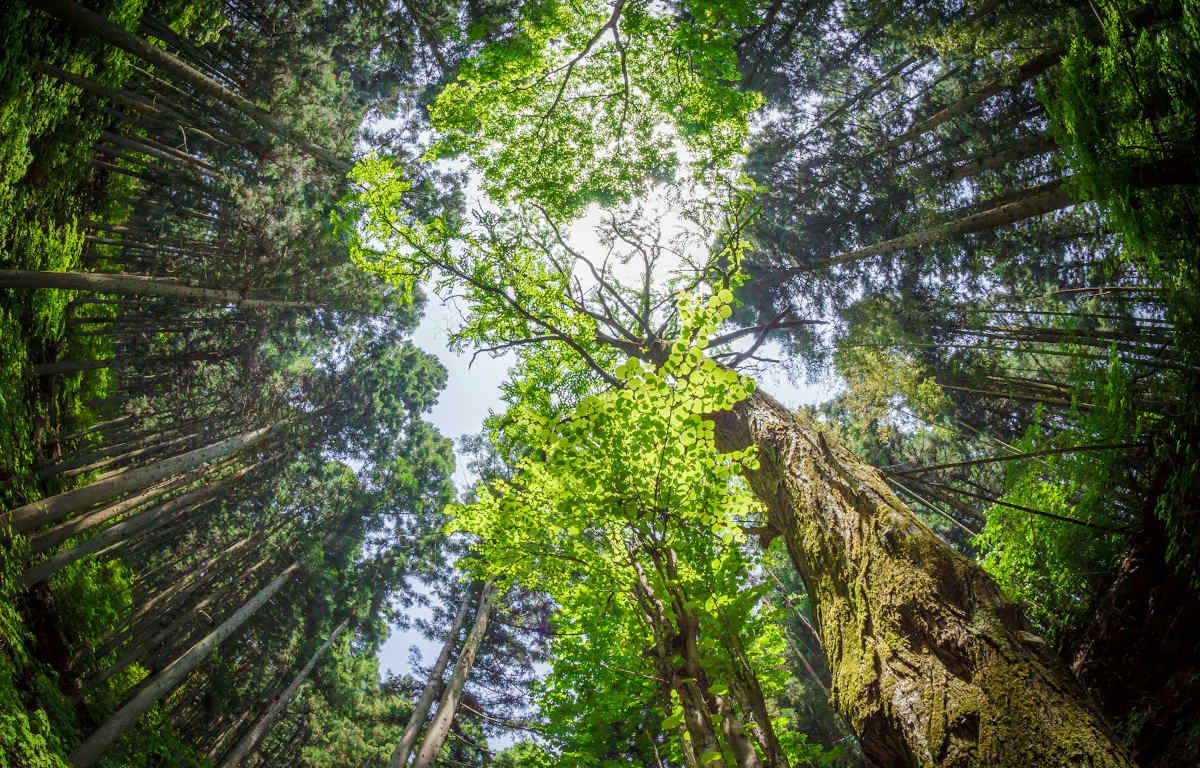Forest bathing is a popular practice in many cultures to relax out in nature. Known by different names, at the core of it is spending time among the trees. It is a way of slowing down, breathing in fresh air, and stimulating the senses to promote well-being. By engaging in forest bathing, you can mitigate the pressures of urban life and support a reduction in your technology triggers with some digital detox.
A Rose By Any Other Name Is Still A Rose
Japanese culture has a strong appreciation of nature, it is a type of reverence that spans centuries. Forest bathing is a direct translation from the Japanese term shinrin-yoku. This is the practice of spending time in nature for sensory engagement and relaxation. It is an immersive experience to destress and boost well-being. It has nothing to do with submerging yourself in water in the middle of a forest, the term is just a metaphor. Some people use the term nature therapy or ecotherapy, and it is done around the world.
At the core, forest bathing is about connecting with nature in an intentional manner, to improve both your physical and mental health. Some have attributed improvements in immunity, lowered blood pressure, and a reduction in anxiety. Some participants even find a heightened sense of spirituality.
Forest bathing goes beyond what most people consider a hike to be. Both are for health reasons, but forest bathing takes it a step further by experiencing nature to the fullest. You walk slower and occasionally you find a place to sit and just take it all in. Noticing how you feel and observing the wonder surrounding you, taking in all the sensory information.
Is Forest Bathing Like Grounding?
Forest bathing can also be considered a way of grounding oneself. By disconnecting from the hustle and bustle of the city, and heading out to nature, we can ground ourselves. When surrounded by nature, we feel more connected to the environment and ourselves. We become aware of the crisp, clean air, making it easier to focus on your breath. Additionally, with less technology stimulating our brains, our senses become heightened in the forest.
A gentle gust of wind rustles the leaves, the birds chirp in the branches above you, and you can hear the scatter of critters through the bushes. Or there can also be a deafening silence that makes the moment stand still in time. It could smell like damp moss, moist earth, wet tree trunks, or even like a fresh sprinkle of snow. The snow in the forest smells differently than in the city. It can absorb molecules from the surrounding vegetation and not the pollution we are used to.
The uneven terrain makes you aware of how your feet connect with the earth, and some people love to touch the bark of trees or dip their toes in the stream during hot days. And finally, you are visually stimulated by the vast ecosystem present. On sunny days, you can experience komorebi. This is the Japanese term for when the sunlight filters through the canopy of leaves. The changing light reveals the richness of the flora and fauna present.
How Do I Get Started?
Spending at least a few minutes a day with nature is important to keep yourself in better balance. But if that is not possible, aim to at least once a week get in a couple of hours of walking in nature. Do this with the intent to submerge yourself into the environment to decompress. If you are quite removed from these immersive environments, try to at least get there a few times a year. By doing it occasionally, you can still reap benefits, and use the memories in future visualizations. And if you can’t get away to a forest, urban parks and gardens can have similar effects.
You can forest bathe year-round, but be mindful of the weather when you go. Be prepared for the elements, don’t let that become a source of stress. When venturing into remote areas, practice safety and always let someone know your plans. If animals are known to frequent the area, also read up on what to do if you have an encounter.



If you are into art journaling, sketching what you see can also help your recall later on when you can’t be in this environment. It is another way to reinforce the experience. If photography is more your cup of tea, try to get a few shots that you can then have as reference, they can also be part of your happy place.
Bringing nature to you
If getting into nature is too difficult, try to have a space where nature comes to you. You can recreate the smells of the forest by using essential oils or scented candles, and you can introduce greenery into your home. By having a spot like this with some natural light coming in, you can set the stage for a space for you to connect with nature regularly.
Set time aside and be intentional of what you hope to achieve with it. Are you trying to connect with nature? Are visualizations of prior experiences able to support your connection? Practice breathing and stimulating your senses. Remember, this is about disconnecting from technology and to remove stressors from your mind. If you have recorded forest bathing experiences through sketches or photography, use these to reinforce your connection through positive memories. If you find your thoughts pulling you away from the exercise, gently remind yourself of what you are doing, and tell those thoughts that you will return to them when you have recharged yourself.
Have you tried forest bathing yet?
Forest bathing makes you realize how deeply connected we are to nature, and how ecosystems impact the living organisms within them. This is key when we consider the environments we put ourselves in day in and day out. When we forget to recharge and connect with nature, our lives become chaotic. Make sure to get regular doses of nature in the city and get in your boosters by going to the forest whenever you can. Immerse yourself into nature and be intentional of your thoughts, and allow your senses to take in the magical surroundings.
IMAGE CREDITS: Feature image – Unsplash | Mitsuo Komoriya. Article images (left to right) – Unsplash | Jongsun Lee, Isabella Fischer, Joel & Jasmin Forestbird.

